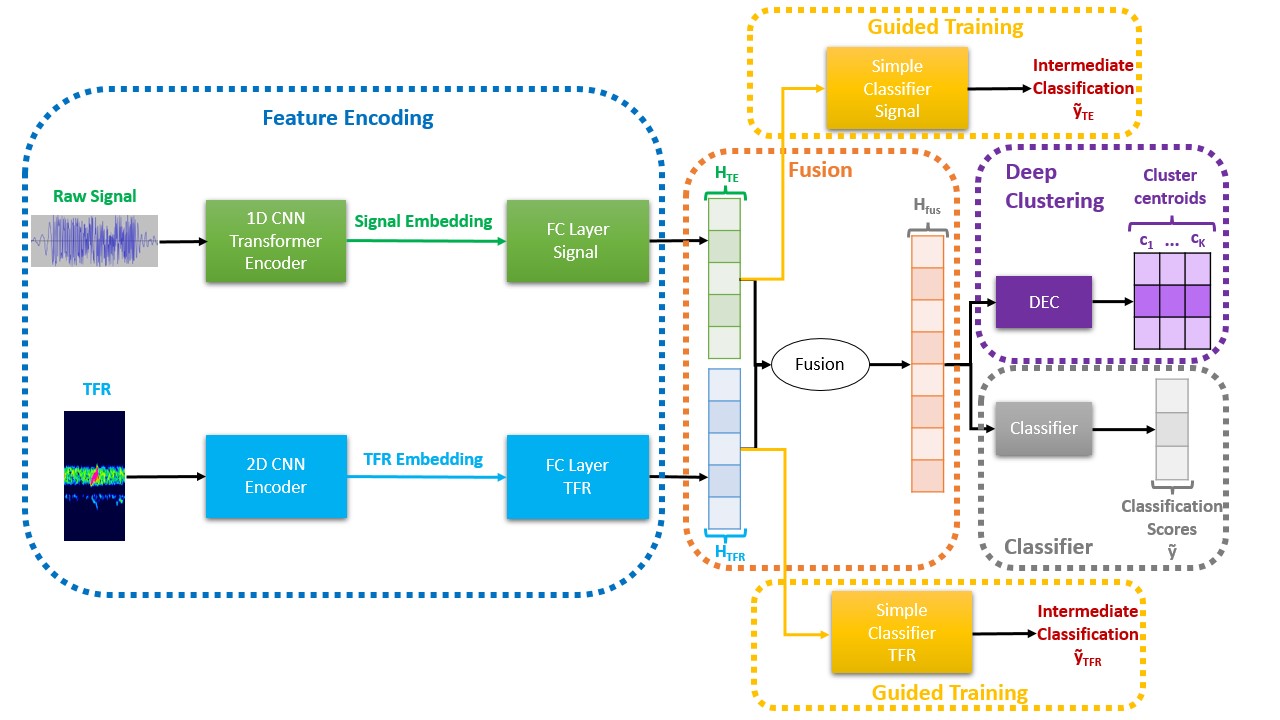Deja-vu: Double Feature Presentation and Iterated Loss in Deep Transformer Networks
Deep acoustic models typically receive features in the first layer of the network, and process increasingly abstract representations in the subsequent layers. Here, we propose to feed the input features at multiple depths in the acoustic model. As our motivation is to allow acoustic models to re-examine their input features in light of partial hypotheses we introduce intermediate model heads and loss function. We study this architecture in the context of deep Transformer networks, and we use an attention mechanism over both the previous layer activations and the input features. To train this model's intermediate output hypothesis, we apply the objective function at each layer right before feature re-use. We find that the use of such iterated loss significantly improves performance by itself, as well as enabling input feature re-use. We present results on both Librispeech, and a large scale video dataset, with relative improvements of 10 - 20% for Librispeech and 3.2 - 13% for videos.
PDF Abstract

 LibriSpeech
LibriSpeech